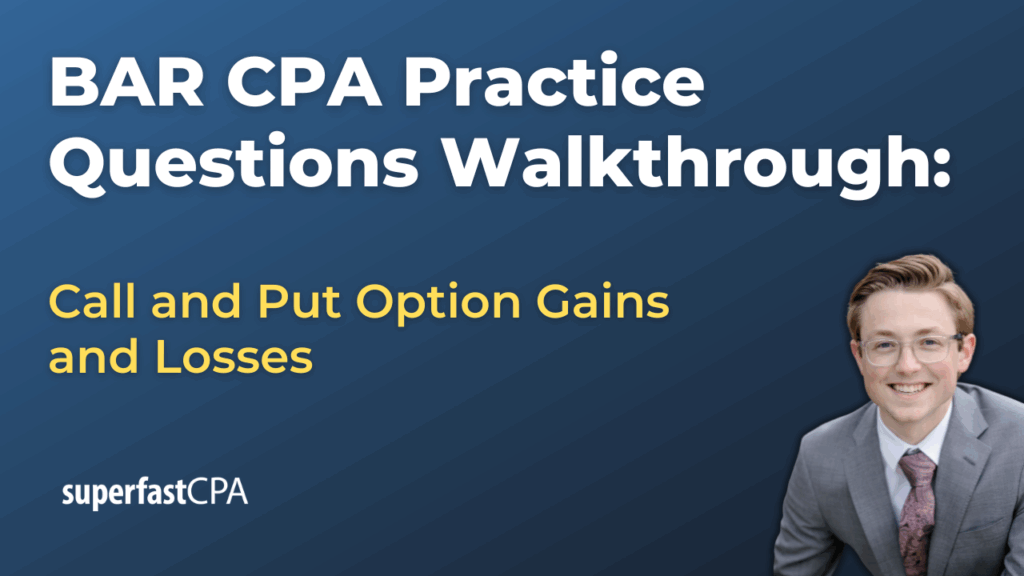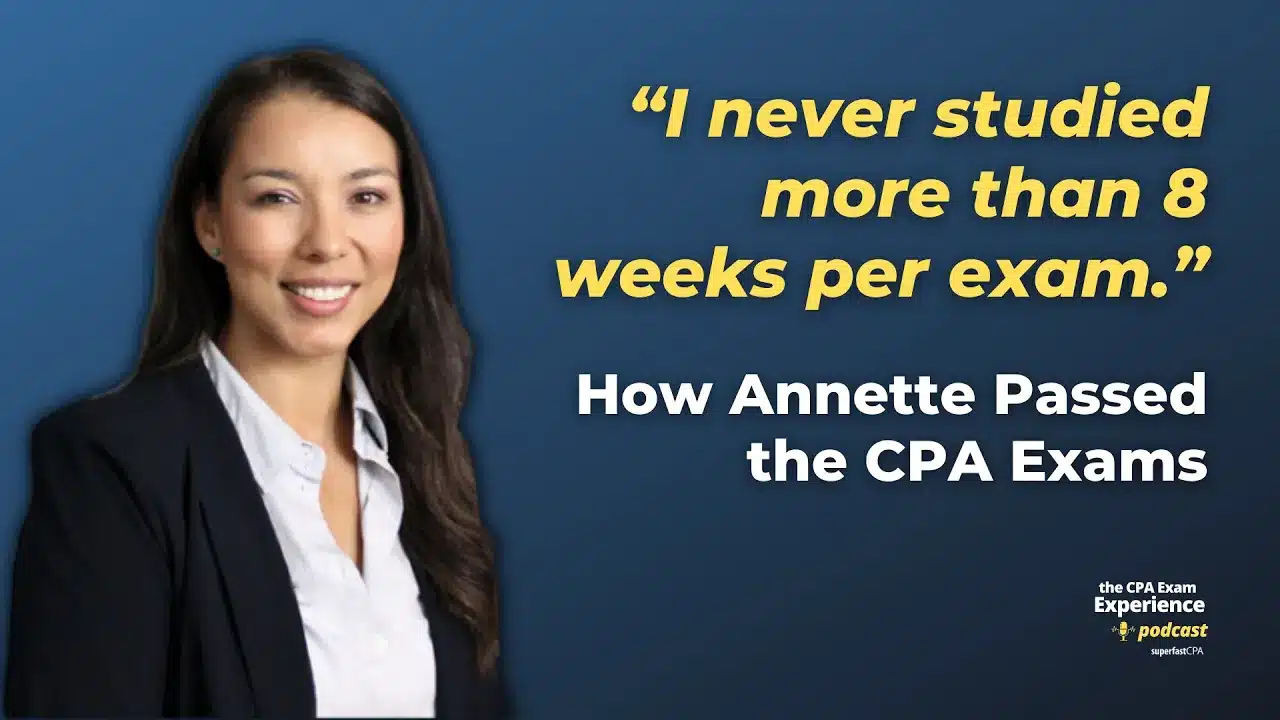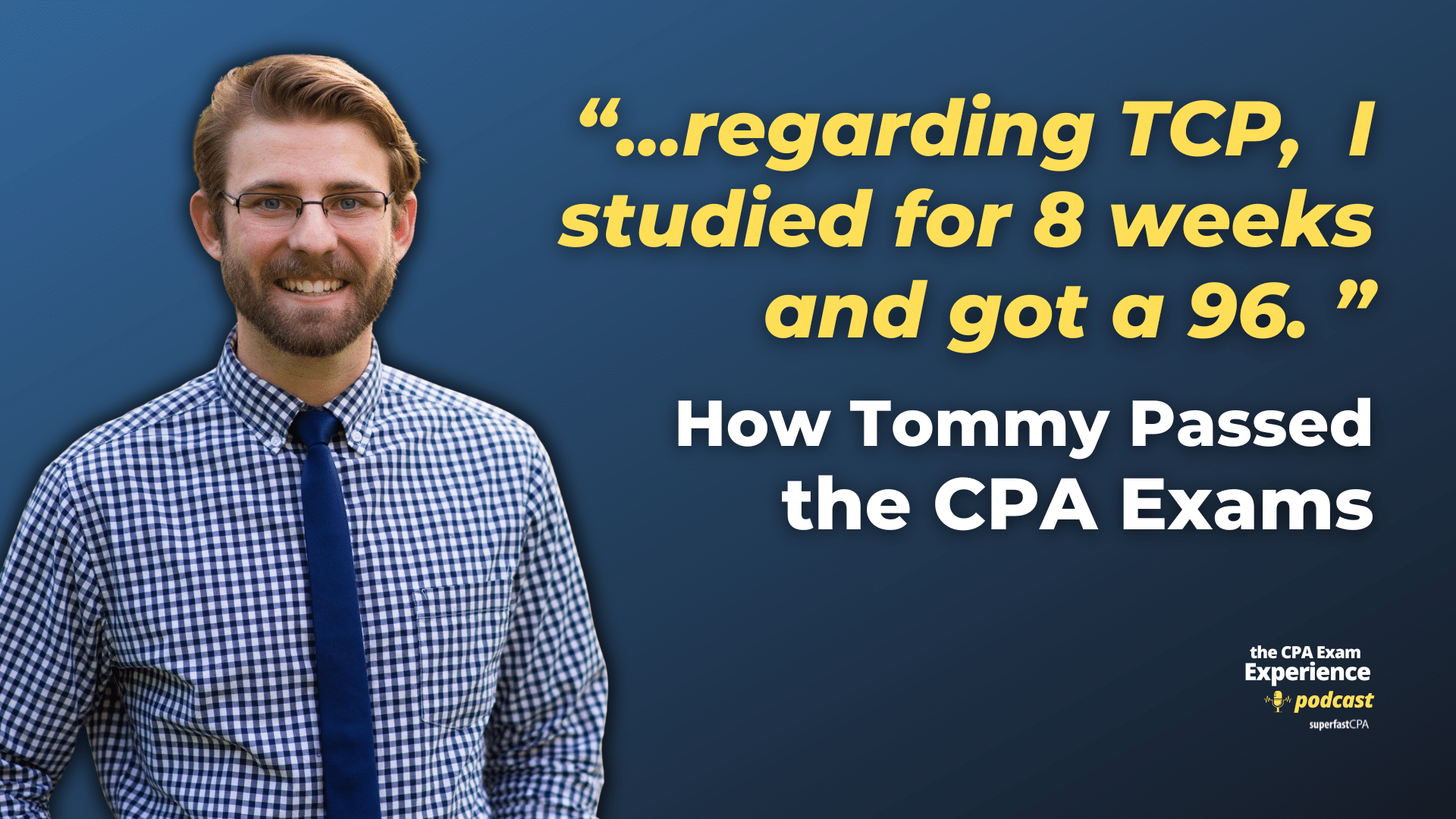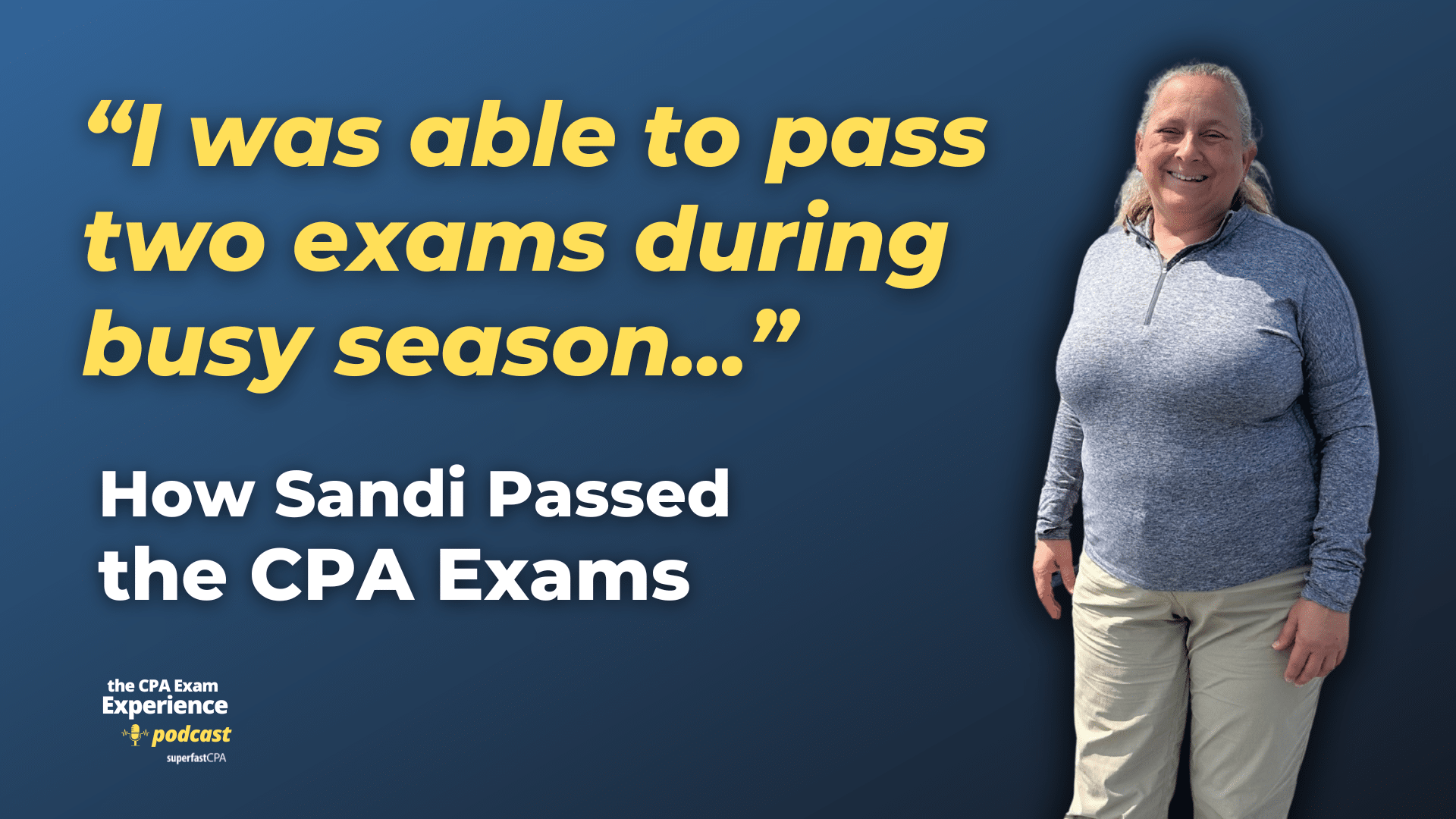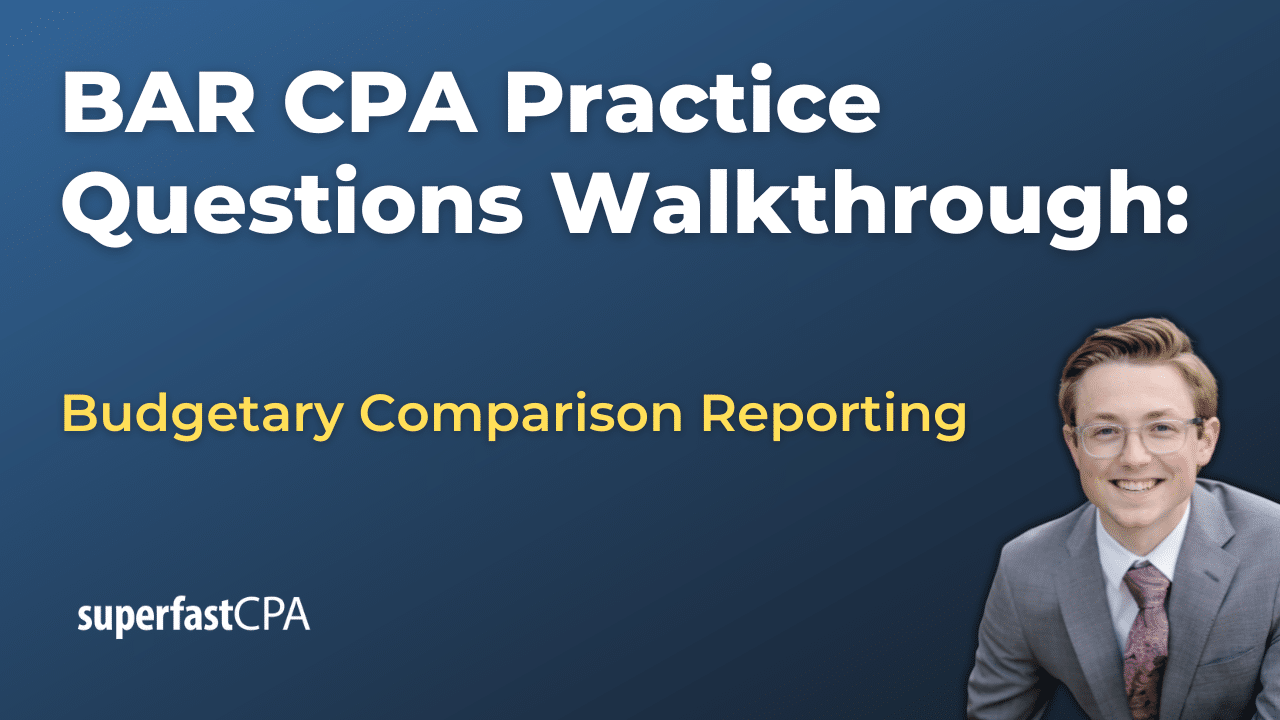In this video, we walk through 5 BAR practice questions teaching about call and put option gains and losses. These questions are from BAR content area 2 on the AICPA CPA exam blueprints: Technical Accounting and Reporting
The best way to use this video is to pause each time we get to a new question in the video, and then make your own attempt at the question before watching us go through it.
Also be sure to watch one of our free webinars on the 6 “key ingredients” to an extremely effective & efficient CPA study process here…
Call and Put Option Gains and Losses
When preparing financial statements, it’s essential to know how to present gains and losses from derivative financial instruments such as swaps, options, and forwards. For options, the mechanics of who benefits and when—along with how gains or losses are determined—form the foundation of accurate reporting.
Call Option Buyers and Sellers
A call option buyer has the right, but not the obligation, to purchase the underlying asset at a set strike price. Gains occur when the market price rises above the strike price, because the buyer can obtain the asset for less than its current market value. For example, if a buyer holds a call to purchase stock at $50 and the market price rises to $56, the intrinsic value is $6 per share. After subtracting the premium paid, the remainder is the gain. This gain would be recognized in profit or loss at settlement or as the option’s fair value changes.
Conversely, a call option seller benefits when the market price is at or below the strike price. In this case, the option expires worthless, and the seller keeps the premium as income. If the price rises above the strike, the seller may have to deliver the asset at a loss, which is recorded as an expense.
Put Option Buyers and Sellers
A put option buyer has the right to sell the underlying asset at the strike price. Gains occur when the market price falls below the strike price, allowing the buyer to sell at a higher price than current market value. For instance, with a put at $42 and a market price of $37, the buyer can sell for $5 more per share than market value. Subtracting the premium yields the net gain for financial reporting.
A put option seller benefits when the market price is at or above the strike price, meaning the option is not exercised. They keep the premium as profit. If the price falls below the strike, the seller may have to buy the asset at above-market value, resulting in a loss.
Direction of Benefit
The directional relationship is straightforward:
- Buyers benefit when market movement favors exercising the option (calls when prices rise, puts when prices fall).
- Sellers benefit when market movement discourages exercising the option (calls when prices fall, puts when prices rise).
This understanding is critical for presenting derivative results in financial statements under applicable standards, as gains and losses must be recognized in the period they occur or as the fair value changes.
Presentation in Financial Statements
Under U.S. GAAP and IFRS, gains and losses on derivatives—including options—are typically recorded at fair value through profit or loss, unless designated and effective as hedges. For trading positions, this means both realized and unrealized gains appear in earnings. For example:
- A call option buyer recognizing a $4,000 net gain from exercising would record it as income.
- A put option seller whose option expired unexercised would record the premium retained as income.
- Losses from unfavorable market moves for either buyers or sellers are recorded as expenses.
Key Takeaways
- Call buyers profit from rising prices; call sellers profit from stable or falling prices.
- Put buyers profit from falling prices; put sellers profit from stable or rising prices.
- Premiums paid reduce buyer gains and increase buyer losses; premiums received increase seller gains and offset seller losses.
- For financial reporting, gains and losses are recognized in the income statement, reflecting either realized settlements or fair value changes.

